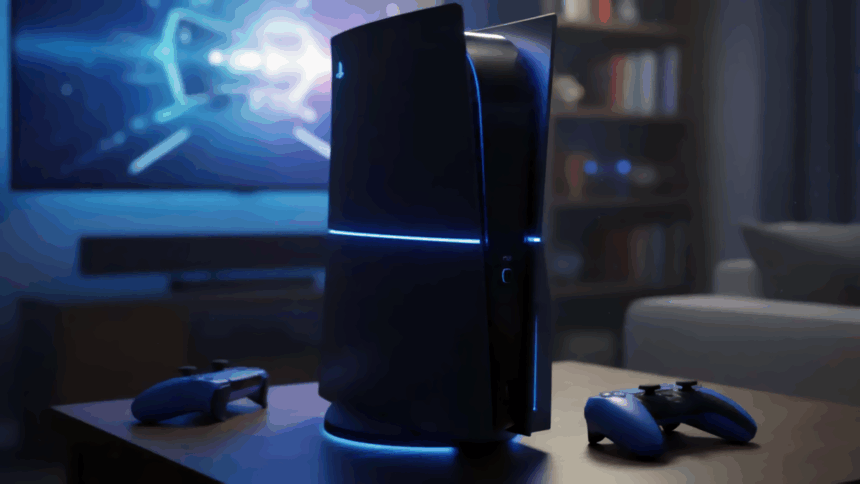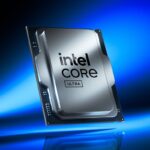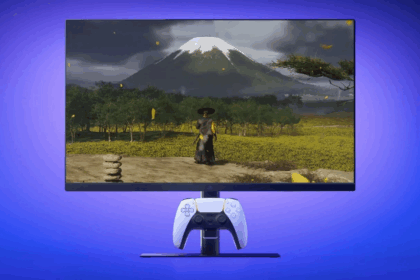Sony and AMD have officially lifted the curtain on three cutting-edge technologies that will power the next-generation PlayStation console, widely believed to be the PlayStation 6.
In a joint announcement posted Thursday (Nov 9) on the official PlayStation YouTube channel, Mark Cerny, PlayStation’s chief system architect, and Jack Huynh, AMD’s senior vice president, detailed the advances coming from Project Amethyst — a multi-year collaboration aimed at defining the future of gaming hardware.
These innovations — Neural Arrays, Radiance Cores, and Universal Compression — promise major leaps in AI computing, real-time ray tracing, and system efficiency, addressing the biggest technical limits of the PS5 generation. While still in the simulation stage, both companies say the early results are “very promising.”
“We’re still early in development, but I’m really excited about bringing these innovations to a future console in a few years,” said Cerny.
Neural Arrays: Smarter, Faster AI Rendering
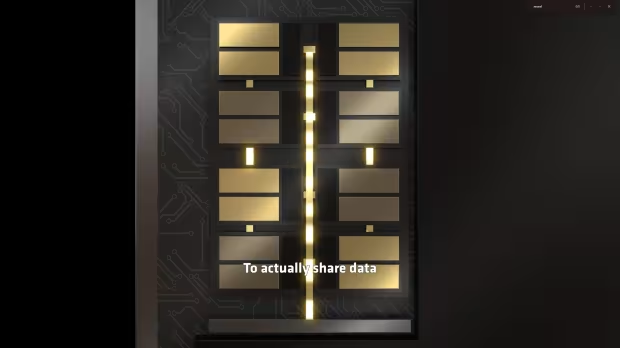
The first breakthrough, Neural Arrays, tackles one of gaming’s long-standing dilemmas — balancing image quality with performance.
Current upscaling methods like FSR and PSSR consume massive GPU and memory resources, leading to bottlenecks. Neural Arrays aim to fix that by letting GPU compute units share data directly instead of routing it through cache or external memory.
Huynh compared the architecture to an “Infinity Fabric for GPU compute units,” creating a direct link between them so large screen regions can be processed simultaneously.
“Neural Arrays will let us process much larger parts of the screen at once,” Cerny explained. “That will be a game-changer for the next generation of upscaling and denoising.”
For developers, that means more room to use advanced AI-based effects without sacrificing performance. For players, it translates into sharper, smoother visuals — even at 4K and beyond.
Real-Time Ray Tracing and Path Tracing
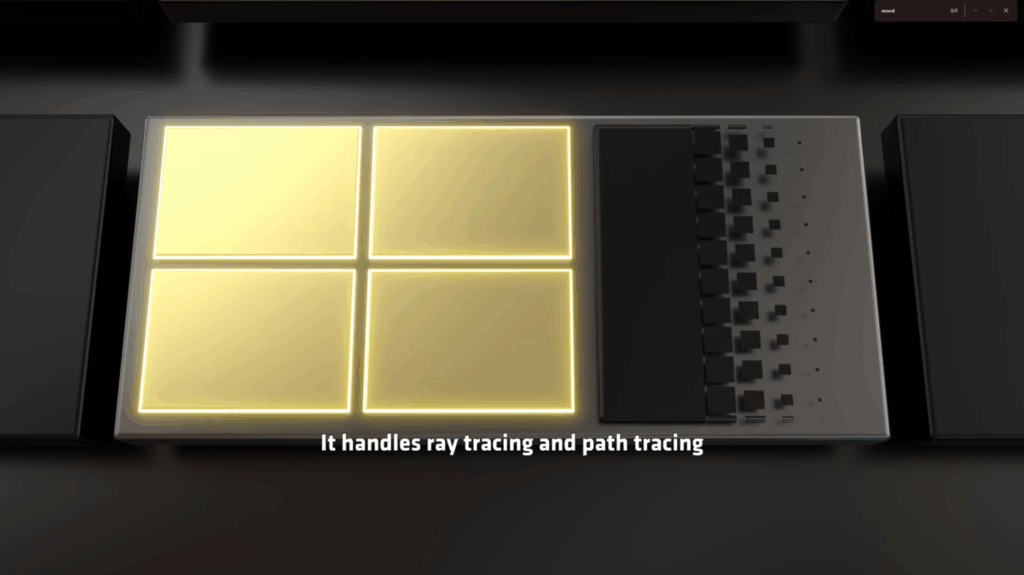
The second major innovation, Radiance Cores, introduces dedicated hardware for ray tracing and path tracing — techniques that simulate realistic light and reflections.
Unlike the PS5, where ray tracing shares GPU and CPU resources, Radiance Cores handle these tasks independently, freeing up system performance for geometry and physics.
“Cleaning up the ray-tracing pipeline and moving traversal logic into hardware provides a significant speed boost,” Cerny said.
The architecture also supports real-time path tracing, once considered impossible on consoles. Combined with AMD’s Neural Radiance Caching (first unveiled at Computex 2025), the PS6 could deliver film-like lighting while maintaining smooth performance.
Universal Compression: Bandwidth Efficiency Everywhere
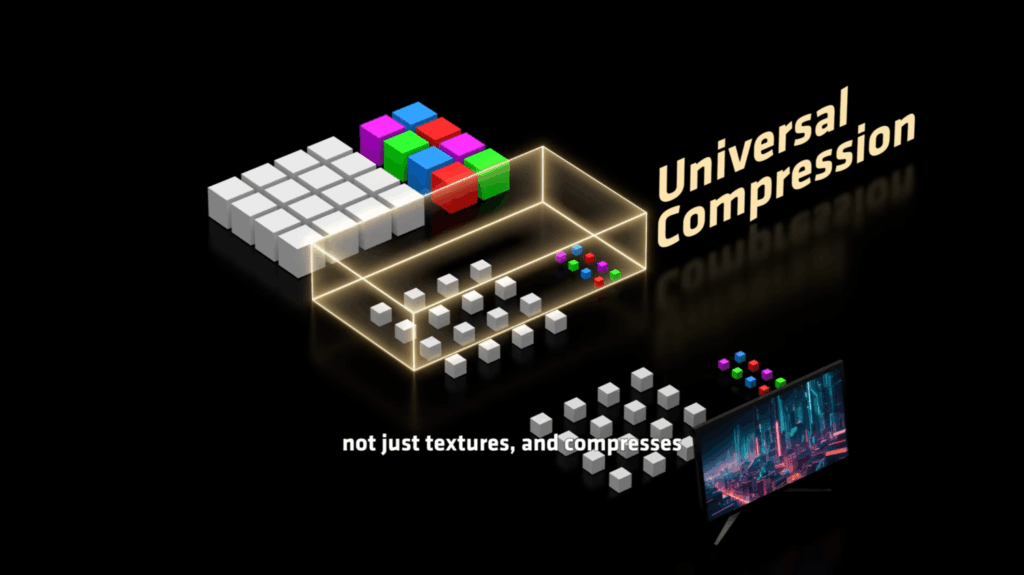
The final technology, Universal Compression, expands on the Delta Colour Compression (DCC) method used in the PS5. Instead of compressing only textures and render targets, it compresses every type of data — geometry, lighting buffers, and physics information — before it hits system memory.
Huynh said this approach “evaluates and compresses every piece of data on its way to memory,” dramatically reducing bandwidth use and power draw.
That efficiency translates directly into better performance and higher visual fidelity — allowing for higher resolutions, faster frame rates, and richer effects without overloading the system. Huynh also confirmed that Universal Compression will appear in future AMD GPUs and SoCs, not just in Sony’s next console.
Road to PlayStation 6
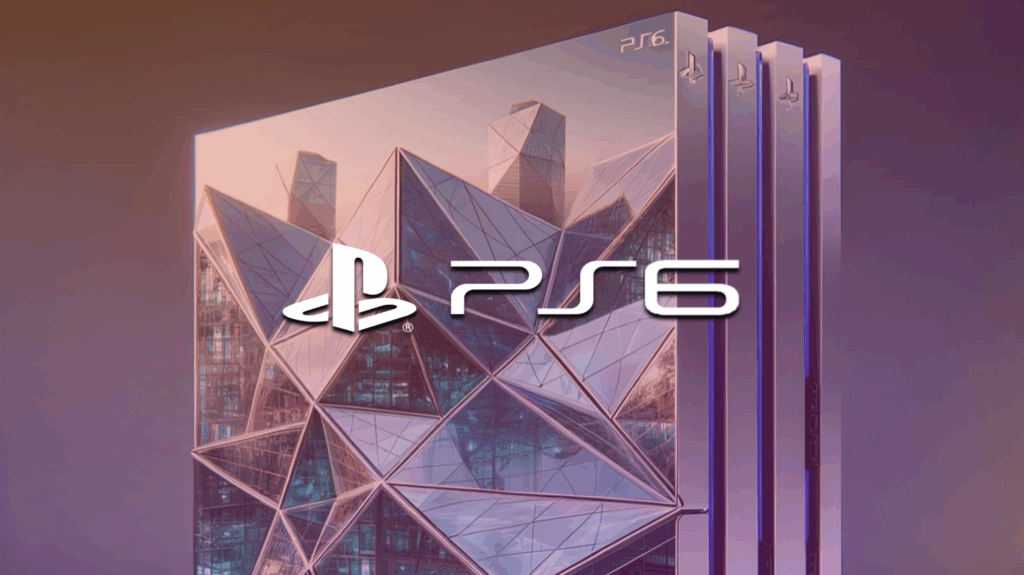
While neither company explicitly said “PlayStation 6,” Cerny’s phrasing — “a future console in a few years” — strongly hints at a 2028–2029 release window, consistent with Sony’s usual seven-to-eight-year console cycle.
With PS5 launched in 2020 and PS5 Pro arriving in 2024, the timeline aligns with expectations. More importantly, Project Amethyst suggests that Sony and AMD are designing the PS6 around three clear priorities:
- AI-driven performance and upscaling
- Realistic lighting and full real-time ray tracing
- Energy efficiency and smarter data handling
These are exactly the areas where the PS5 and PS5 Pro show their greatest limitations today.
As Cerny and Huynh’s presentation made clear, the next console generation will be defined less by raw teraflops and more by intelligence, realism, and efficiency — a leap that could reshape how games are built and experienced.
The future of gaming hardware is already taking shape — and for once, Sony and AMD have decided to let us peek behind the curtain.

